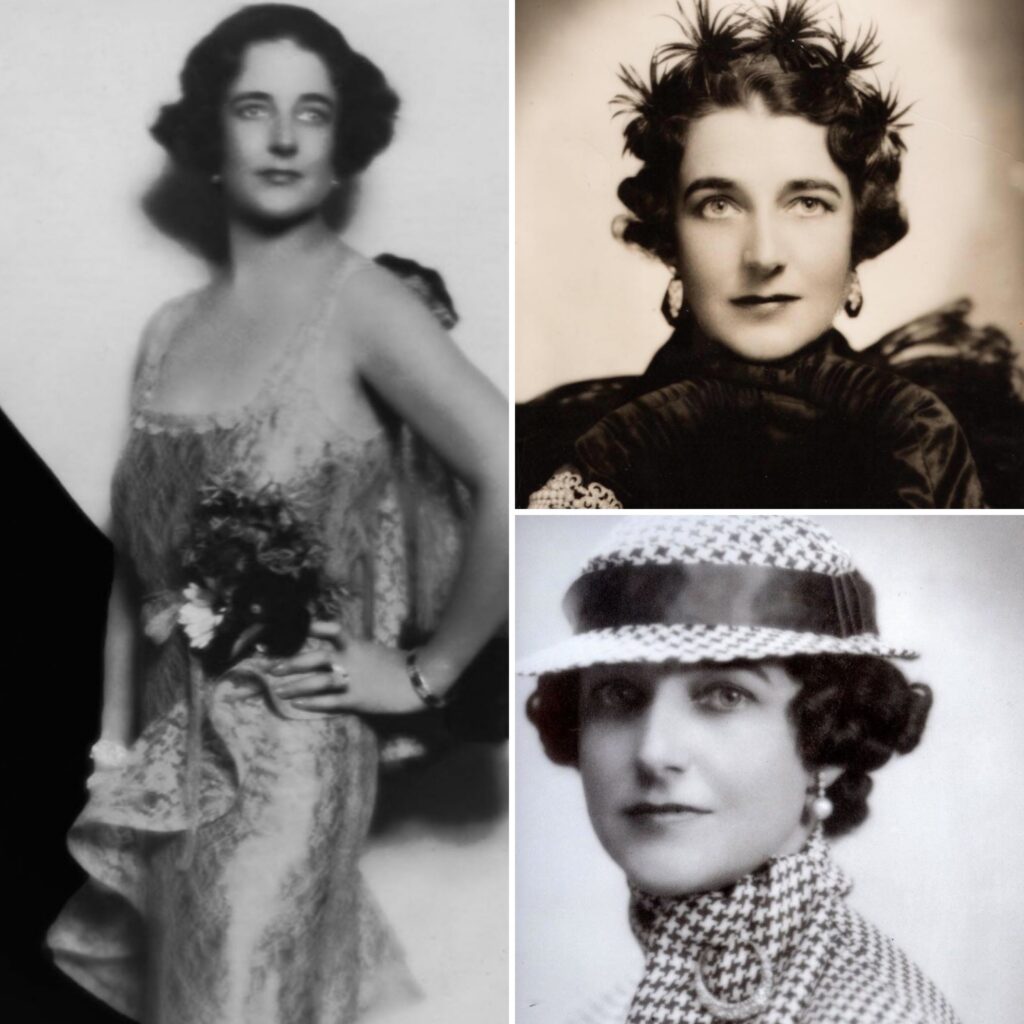
Dorothy Draper was an American interior decorator. Stylistically very anti-minimalist, she used bright, exuberant colors and large prints that encompassed whole walls. She incorporated black and white tiles, rococo scrollwork, and baroque plasterwork, design elements now considered defining elements of the Hollywood Regency style of interior decoration.
“Dorothy Draper was to decorating,” says interior designer Carleton Varney, “what Chanel was to fashion. The woman was a genius; there’d be no professional decorating business without her.”
Dorothy Draper was an American interior decorator who—through her prolific career—completely transformed the industry. With a stylistic approach that was intensely anti-minimalist, Draper embraced exuberant colors, large prints, and a fusion of classical elements—all of which defined the Hollywood Regency style—an approach now synonymous with her name. From department stores to hotel lobbies, her work was featured heavily in Architectural Digest and other important publications. She also founded the Dorothy Draper Company and was a shrewd businesswoman. Dorothy Draper was a true artist and an influential tastemaker whose impact we cannot overstate. Born into the affluent Tuckerman family in Tuxedo Park, NY, Dorothy Draper’s early life reflected the epitome of upper-class privilege. Her exposure to art, culture, and luxury laid the groundwork for her future career. Though she was educated primarily at home, Draper’s upbringing was a wellspring of inspiration—providing her not only with connections with the most influential tastemakers but also an intimate understanding of historical styles. Dorothy Draper’s indomitable influence on interior design can be encapsulated in her signature “Modern Baroque” style. At a time when minimalism dominated the design landscape, Draper’s approach was a revolutionary departure. She was not just a decorator. Draper was a pioneer whose vision shaped the very foundation of this profession.
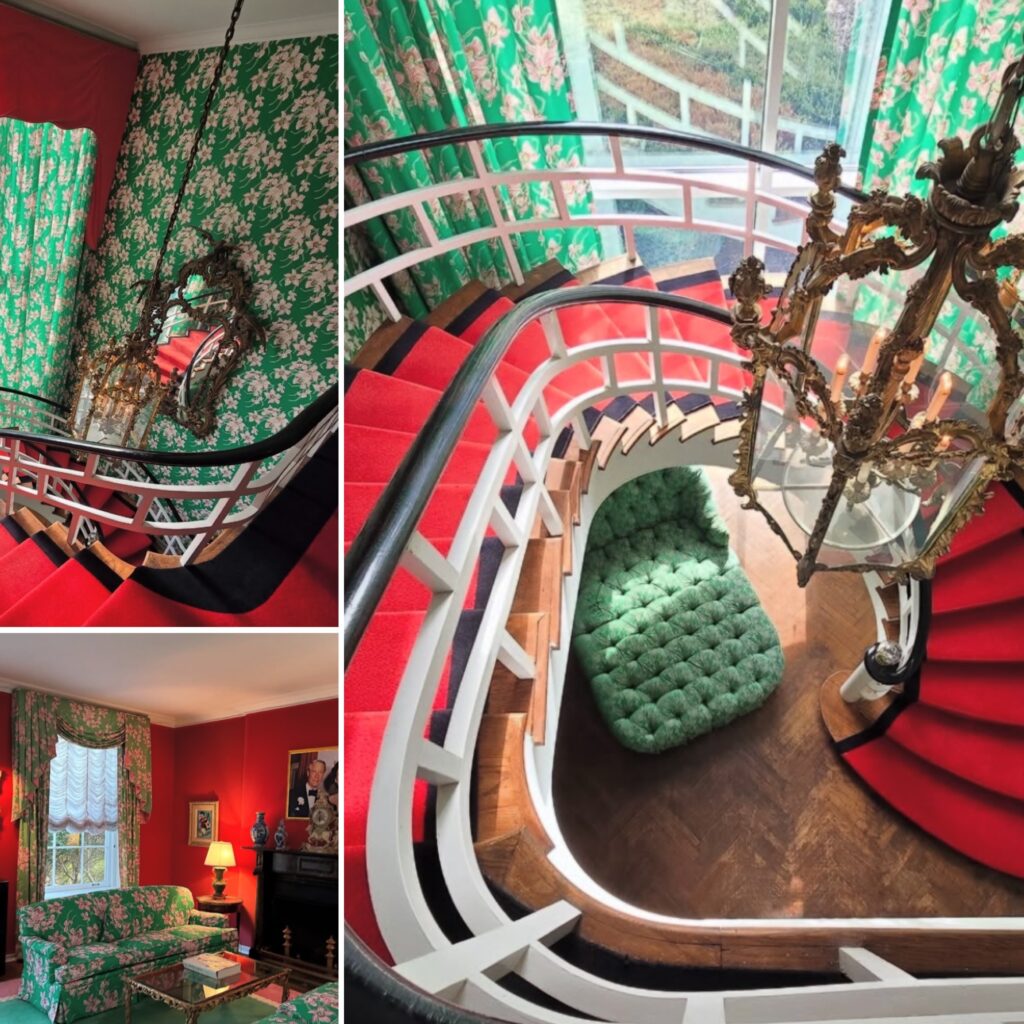
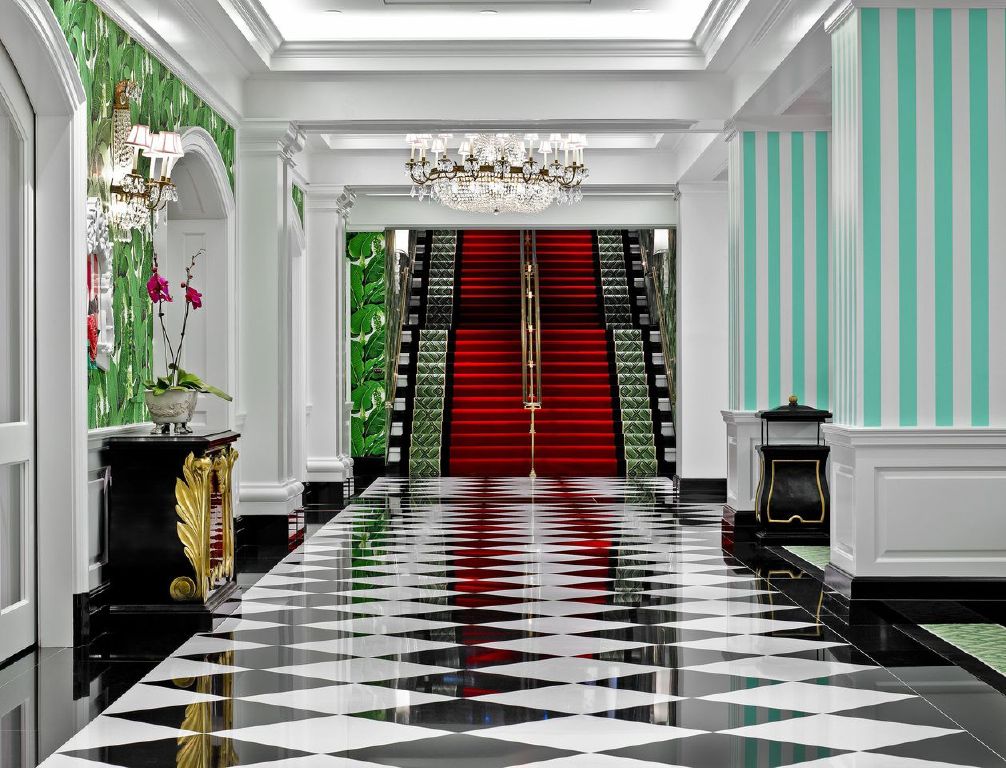
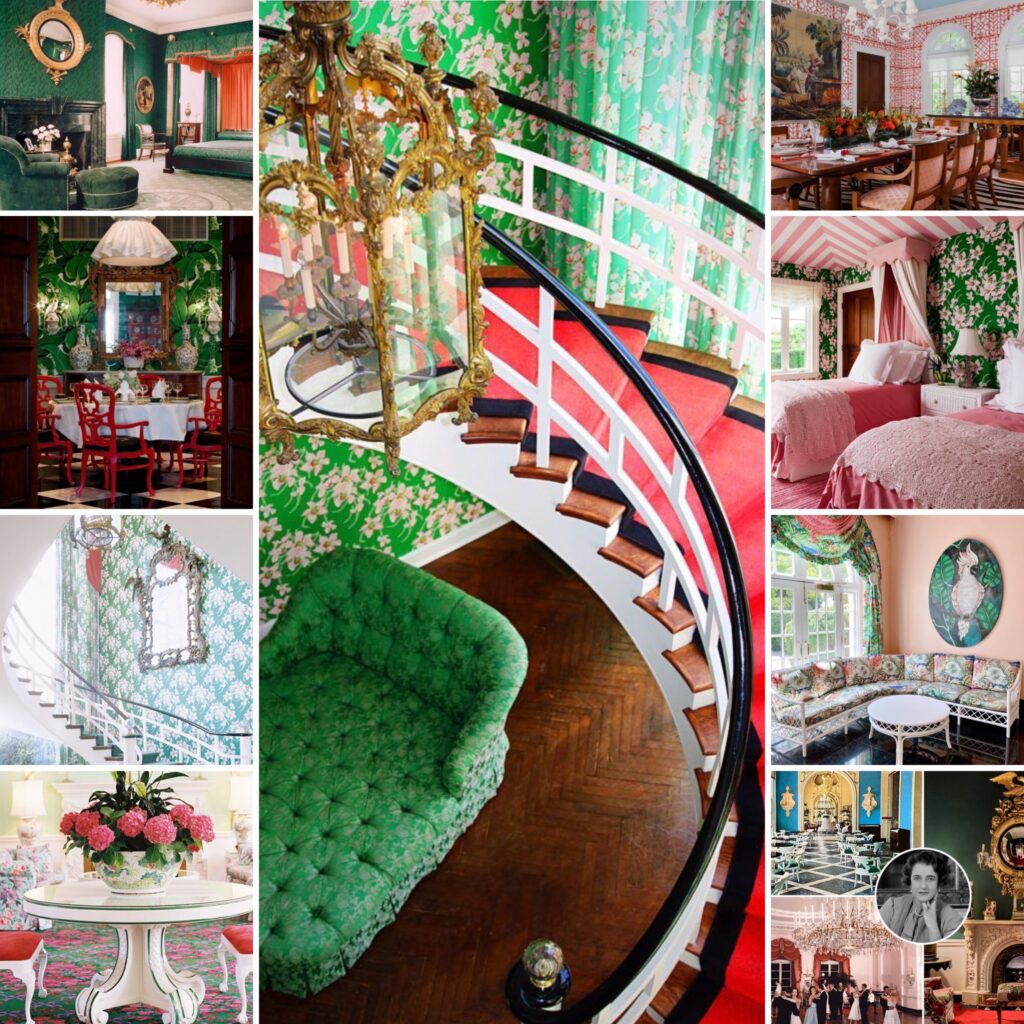
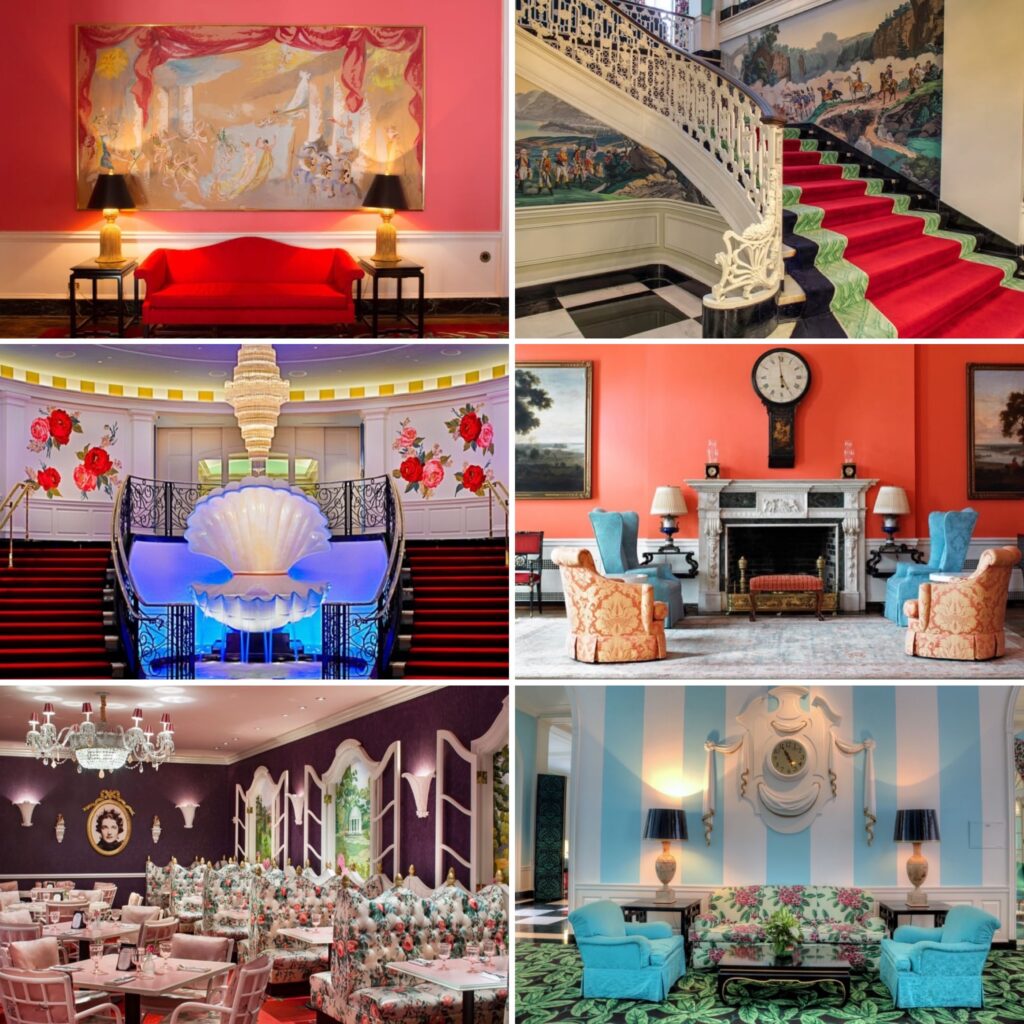
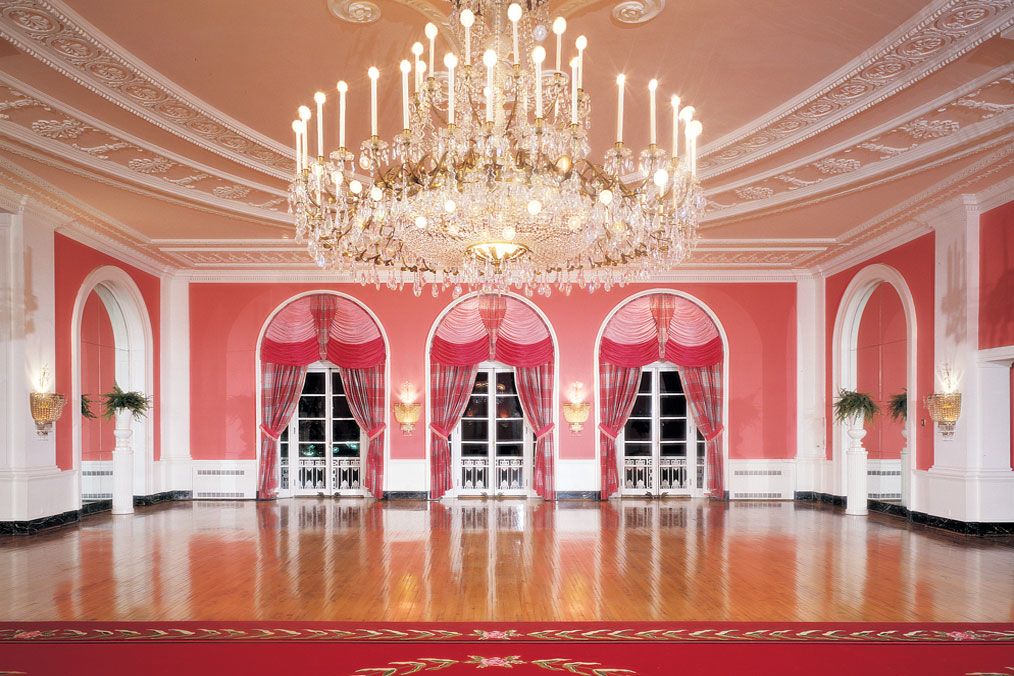
The cornerstone of Draper’s high style lay in her fearless embrace of dramatic color schemes and oversized details. Her trademark cabbage-rose chintz, vibrant hues, and unconventional combinations challenged the prevailing norms of her era. Black and white tiles, rococo scrollwork, and baroque plasterwork became the hallmarks of her designs—creating a visual language that spoke volumes against the muted backdrop of minimalism.
In 2006, a successful touring exhibition — first mounted by the Museum of the City of New York — introduced her work to a new generation. And fans today travel to the venerable Greenbrier hotel in White Sulphur Springs, West Virginia, to see her original designs and new ones that honor her legacy. The latter projects are carried out by internationally known decorator Carleton Varney, the longtime owner of Dorothy Draper & Company, which remains the official decorating firm of The Greenbrier.
Few know the details of Dorothy Draper’s life better than Varney, a Palm Beach resident and prolific writer whose “Your Family Decorator” column has appeared for more than 40 years in the Palm Beach Daily News.
Draper knew what she liked
After the loss of the Tuckerman family fortune in the stock market crash of 1929, she devoted herself to making money. It would allow her to continue living the upper-crust lifestyle she had always known, Varney writes.
Along the way, Varney captures Draper’s strong personality, cheerful outlook and irreverent sense of humor, which was complemented by her “thoroughbred” presence, her striking face and her physical height, which he estimates at a little more than 6 feet. She knew what she liked, and that was that — and she wasn’t afraid to tell others what she thought.
“If it looks right, it is right,” she was known to say in her patrician voice.
I am very much enjoying looking up THE REAL Dorothy and all her design work. Fabulous.


